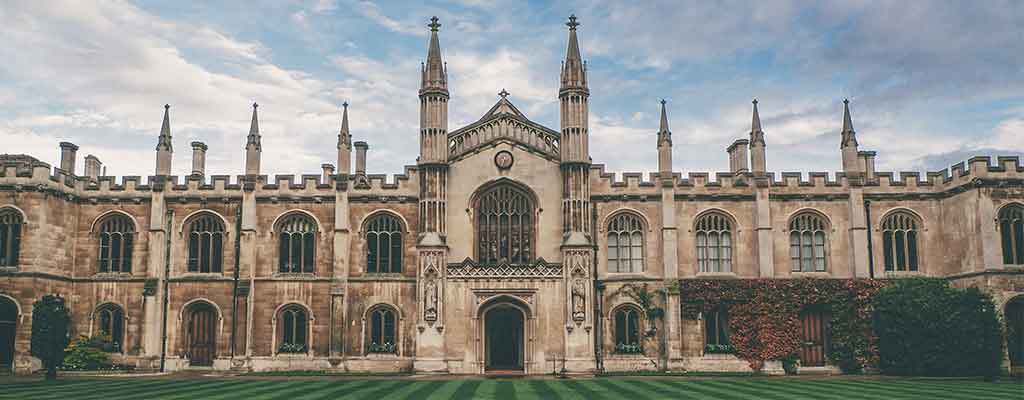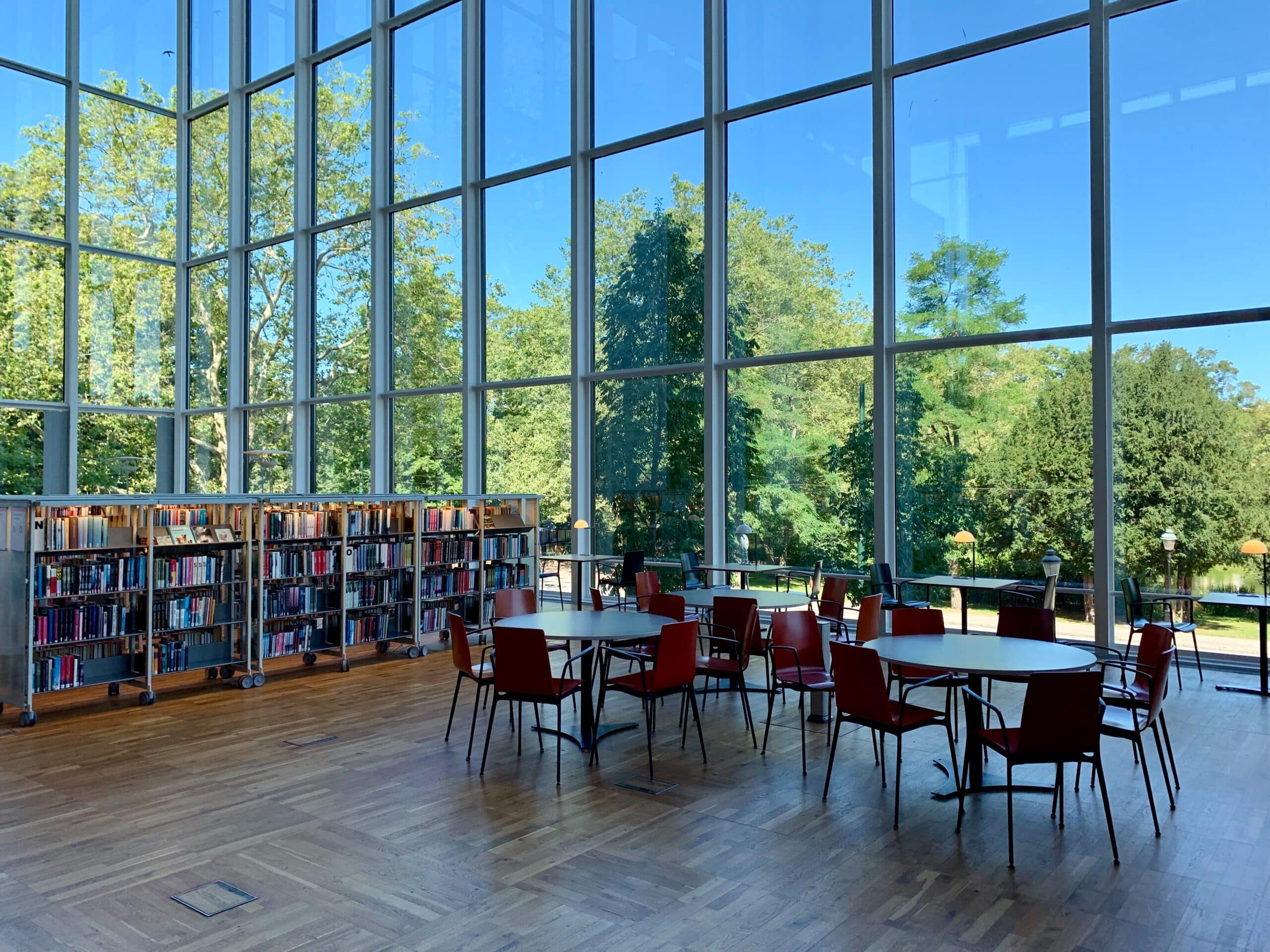Our 179D Tax Deduction Study Process
Once your 179D project manager gets assigned, they will schedule a kick-off meeting and :
- Review assets, utilization, scope, and other company-specific variables
- Gather all substantiating documentation
- Start the allocation letter management process (legal draft, GBO consultation, follow-up, retrieval with signatures), per the strict guidelines of the IRS
- Assign a dedicated, experienced, in-house modeler to develop 3D models measuring the building’s energy performance
- Ensure field inspections of the building(s) for visual verification and certification are all scheduled
- Deliver calculated Section 179D tax deduction to you and your certified public accountant (CPA) to file with your tax return
- Provide all certification and supporting documents with a final study report straight to you
We lead you through the 179D tax deduction process for open tax years (usually within the past three years). We can also work with you to anticipate, model, and file deductions for the next tax year, offering you proactive value.
Benefits of the 179D Tax Deduction
The 179D Tax deduction offers a variety of benefits to commercial building owners and design professionals. These include:
Cost Savings
The most obvious benefit is the cost savings associated with the deduction. The 179D deduction can save commercial building owners and designers from $1.88 up to $5.00 per square foot on energy-efficient improvements and reduce their taxable income.
Long-Term Savings
The 179D deduction helps building owners save money in the long term, as well as designers benefit from tax savings in the short term, by incentivizing investments in energy-efficient infrastructure. By making these upgrades, they can benefit from the long-term cost savings associated with lower energy consumption.
The tax dollars it immediately saves can also be reinvested into future energy-efficient improvements or other areas of business, increasing net profit for AEC firms.
Accessible Energy Efficiency
By reducing the cost of energy-efficient upgrades, 179D encourages building owners and designers to invest in efficient technology that might otherwise be too expensive. This makes sustainability more accessible and encourages AEC firms to design energy efficient buildings.
Who Qualifies for 179D Deductions?
The 179D tax deduction applies to commercial building owners undertaking energy-efficiency improvements on their property. In cases where the building is publicly owned or operated by a non-tax-paying entity, the incentive gets passed on to the designer or builder involved in the project.
Architectural, engineering, and construction firms can receive the deduction. They must fulfill three main criteria to claim 179D:
Qualified Activity
The AEC firm should be directly involved in designing, developing, and implementing energy-efficient systems or a significant building envelope component. They need documented proof that they are substantially involved in the development of technical specifications for the energy efficient systems of the building.
Allocation Letter
Allocation letters are required when the tax incentives for projects completed for non-tax paying entities, such as government or non-profit organization owned buildings, are passed down to associated designers or engineers. This document is a legal agreement between the AEC firm and the building owner to ensure that the 179D deduction associated with the project is correctly allocated.
Meeting Certain Standards
The energy-efficiency improvements must meet specific standards to qualify for the tax deduction. These include ASHRAE 90.1-2007 building energy standards and any other applicable local or state energy efficiency codes. 3D Energy Modeling Analysis is used to determine the overall energy efficiency of a building and whether it meets the requirements.
What Types of Buildings Qualify for the 179D Tax Deduction?
The 179D tax deduction applies to most commercial buildings, including apartment complexes of 4 or more stories and any size of commercial building. Renovations, new construction projects, and retrofits can qualify.
Examples of qualifying improvements include:
- Design of high-efficiency heating, cooling, and ventilation systems
- Upgrading lighting fixtures with energy-efficient models
- Upgrading energy-efficient windows and doors
- Insulating walls, ceilings, and floors
- Replacing inefficient equipment with more efficient models
Updates to 179D
Like all pieces of tax law, Section 179D is always subject to changes. The Inflation Reduction Act 2023 is just one example of recent updates to the incentive, which includes the following:
- Lowered minimum required savings in total annual energy and power cost from a 50% reduction to a 25% reduction
- Removed existing rules for partial certifications ($0.60 per square foot for each lighting, HVAC, and building envelope improvement)
- Removed the lifetime limit on deductions
The government has also stated that businesses that meet higher prevailing wage and apprenticeship requirements and achieve a 25% reduction in energy and power costs can claim a deduction of $2.50 per square foot. The deduction increases by $0.10 for each additional reduction percentage – up to a maximum deduction of $5.00 per square foot.
Claiming a 179D Tax Deduction
To claim the 179D deduction, a Section 179D compliance study (also known as a Section 179D Certification) must be performed by a qualified independent firm – like ABGi’s 179D deduction service – or an individual who specializes in energy engineering and meets the requirements laid out in Section 179D.
Does Claiming 179D Deductions Trigger an Audit?
No. Claiming the 179D deduction does not trigger an audit, although we highly recommend that businesses have all their documentation in order before filing a tax return to avoid any issues. Companies should keep all relevant documents, including the allocation letter and Section 179D certification letter, in case the IRS requests additional information.
A CPA Firm’s Competitive Advantage for 179D Tax Deduction Services
CPAs partner with us for their client’s 179D tax deduction needs because, for over 30 years, our expertise has allowed us to maximize credits and deductions, decreasing their clients’ tax liability.
Accounting firms recognize our company as a go-to source for navigating IRC 179D’s stringent qualification requirements and mandated engineering processes to demonstrate results and accuracy. We also diligently follow any changes to the IRC with evolving best practices.
That’s why CPAs trust us to serve their clients to maximize deductions.
How We’re Different
We have over 30 years of experience working with American businesses to reduce their tax liability by maximizing tax incentives that stimulate business growth, innovation, and advancement.
Here are a few ways we are different than our competitors:
- Audit Safety: Total audit defense for all our service lines is included at no additional cost, and our track record speaks for itself. We stand behind our work, and any tax benefit we deliver has our complete confidence and is ABGi protected.
- Strategic Thinking: Our 179D team has the industry’s most experienced subject matter experts. Our expertise, size, and history allow us to provide superior service and outcomes for business leaders and CPA partners.
- End-to-End Service: We offer a turnkey service that removes the administrative burden from our clients and allows us to manage the entire process for our clients. Our modelers and engineering experts work onsite at our Houston, Texas headquarters, we secure your data and never outsource our 3D modeling work, ensuring you and your customers’ data is safe and secure.
- No Payment Obligations: We don’t charge upfront or “walk away” fees. Clients only pay if we identify tax deductions successfully.
- Large and Longest Standing Provider: With 100+ employees, 30+ years of experience, and being awarded one of the “Best Places to Work” year after year, we hire experienced tax consulting professionals and pride ourselves on having a great company culture with a low turnover rate.



